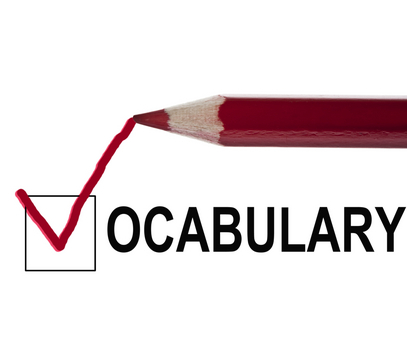
In northern Australia a language called Murrinhpatha is spoken by around 2700 speakers. Murrinhpatha does not have directional words such as above, next to, left of, north, etc., though they do have distinct words to refer to their left and right hands as well as ahead and behind. Interestingly, speaking about specific locations (for example, by naming them) is often taboo in this community.
Instead of the wealth of direction terms you’d get in English, the team found that people used a number of strategies, including referring to specific landmarks where possible, demonstratives (similar to English, ‘there’ and ‘here’), and a whole lot of pointing.
Instead, Murrinhpatha speakers use strategies such as referring to landmarks, using their words for “there” and “here”, and a lot of pointing. Researchers believe that these strategies or the language may have to change, as currently these speakers mostly communicate face to face, but that will change as they use technology more in their community. In spite of their lack of directional words, Murrinhpatha speakers are able to navigate to locations, making researchers believe that the lack of words is merely a feature of the language and not a deficit of it.
Key Takeaways:
1
Researchers worked to identify how different cultures communicate directions.
2
The researchers found some key similarities that go deeper than language.
3
They say that pointing is a universal and fundamental element of communication.
Read the full article here:
http://www.superlinguo.com/post/152964482278/pointing-out-directions-in-murrinhpatha-a-paper#_=_
http://www.superlinguo.com/post/152964482278/pointing-out-directions-in-murrinhpatha-a-paper#_=_
Do You Need help with a Learning Difficulty?
Our simple online analysis will help you get to the core of the problem and find the right solution for you.
Understanding how to help someone with a learning difficulty starts with understanding which micro-skills are affected. When you learn which of the micro-skills is the problem, you will then be on your way to solving it.
You'll also learn how to:
- Build confidence
- Enhance Learning ability
- Eliminate avoidance
- Build grit
You can get this analysis for free by filling out this simple form. This will help you get to the bottom of a learning difficulty and provide you with a solution. If you are ready to put this problem behind you click the button below and fill out the form.










